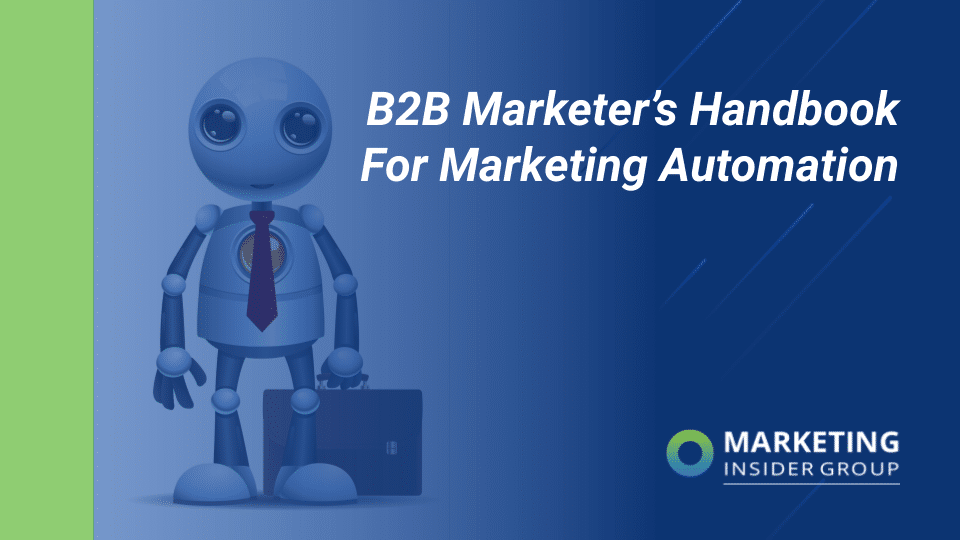
Social Media Marketing in 2024: The Smart Marketer’s Handbook
The digital landscape is a place where change is the only constant, where today’s winning strategy might be tomorrow’s old news. Not only does this make it hard to keep up as a user, but it’s especially challenging when you’re trying to master the art of social media marketing.
But, you’ve come to the right place. Armed with the latest insights, the most effective strategies, and a deep understanding of the digital landscape, we’re sharing our knowledge and expertise with you in this comprehensive guide.
By the end of this post, you’ll understand how to adapt to changes, anticipate trends, and turn challenges into opportunities. And, with the right tools and techniques, you can navigate this dynamic digital world of social media marketing like a pro.
Quick Takeaways
- The 5 fundamentals of social media marketing include: Profile Optimization, Posting, Engaging, Advertising, and Measuring
- 93% of B2B marketers already have a content marketing strategy, or plan to have one within the next 12 months
- Defining SMART Goals will help make sure your social media marketing goals and objectives are clear and reachable
- Tracking your performance, analyzing the data, and using those insights to refine your strategy is key to establishing a social media strategy that works
What Is Social Media Marketing?
In the simplest terms, social media marketing is about using social media platforms to connect with your audience.
But it’s not just about bombarding your followers with promotional messages–it’s much more than that. Great social media marketing starts conversations, builds relationships, and creates a community around your brand through:
- Profile Optimization. Making sure your social media profiles are complete, professional, and engaging.
- Posting. Sharing high quality content like blog posts, product updates, promotional videos, and user-generated content.
- Engaging. Interacting with your audience and building relationships by responding to comments, participating in conversations, and hosting live Q&A sessions.
- Advertising. Targeting ads based on demographics, interests, behavior, and more.
- Measuring. Tracking and analyzing your social media performance to understand what’s working and what’s not.
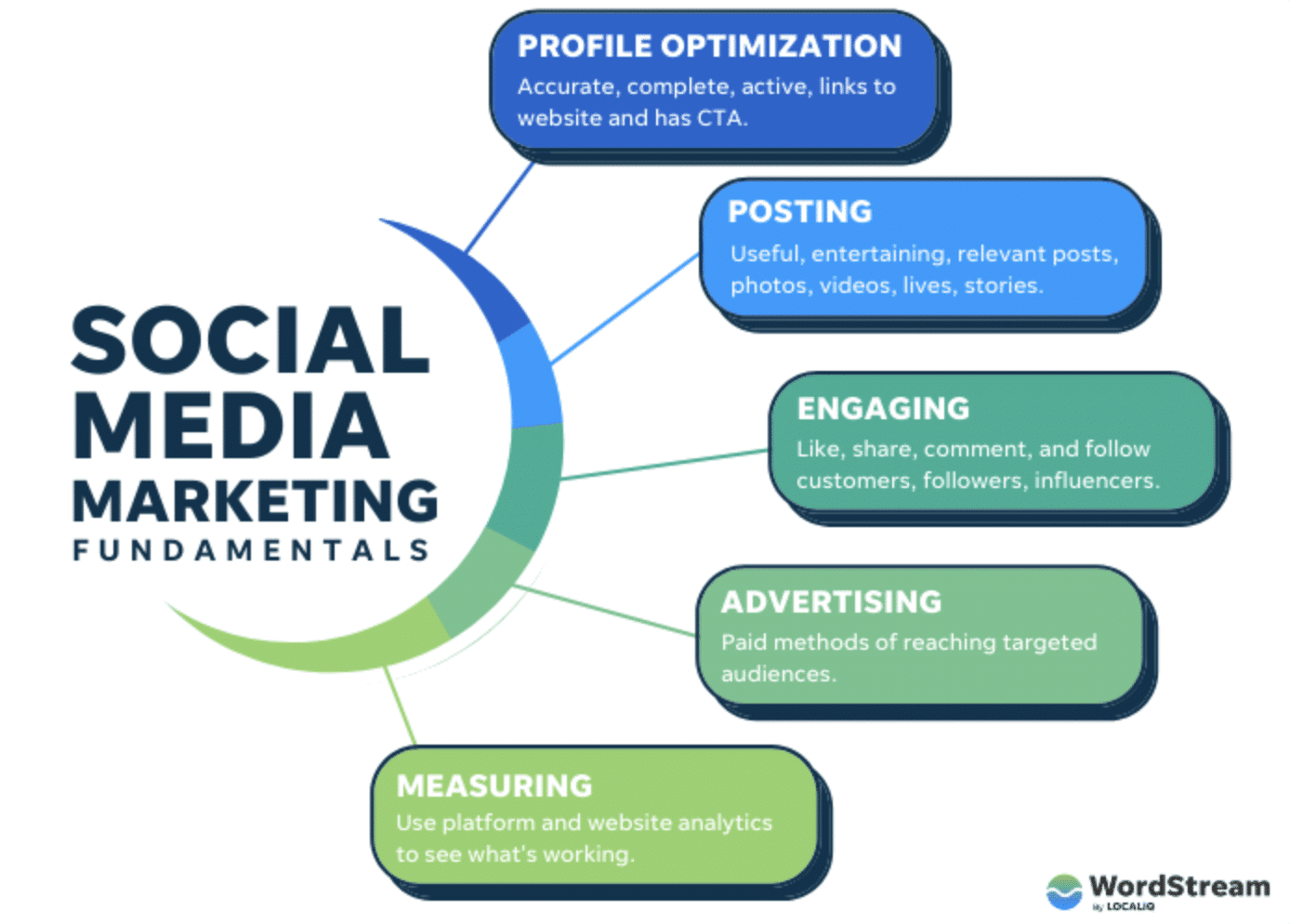
Image Source: WordStream
When used effectively, social media marketing has the potential to help your business reach new heights.
Your Social Media Marketing Goals
Social media marketing is a strategic effort aimed at achieving specific goals and objectives. Here are 5 key goals that businesses can work towards through effective social media marketing:
1. Brand Awareness
One of the primary goals of social media marketing is to increase brand awareness. By consistently posting engaging content and participating in conversations on various platforms, you can reach a wider audience and make more people aware of your brand.
2. Lead Generation
Social media platforms offer plenty of opportunities for lead generation. Whether it’s through organic posts, paid ads, or direct messages, you can use social media to attract potential customers and guide them through the sales funnel.
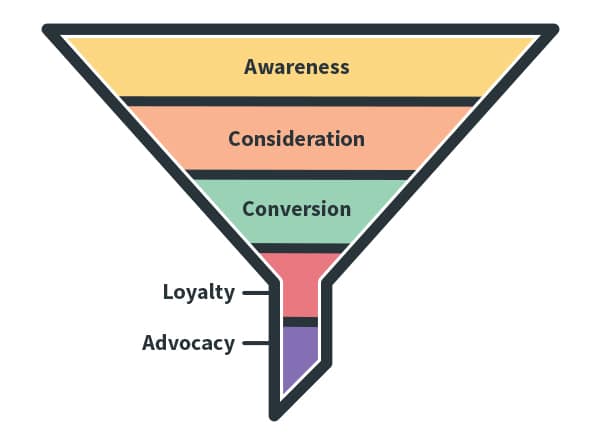
Image Source: Sprout Social
3. Customer Engagement
Social media is a two-way street that allows businesses to interact directly with their audience. Businesses can foster a sense of community and build stronger relationships with their audience by engaging with customers through:
- Comments
- Likes
- Shares
- Direct messages
4. Customer Service
More and more customers are turning to social media for customer service. Businesses can use social media platforms to:
- Respond to customer inquiries
- Address concerns
- Resolve issues in a timely manner
This not only improves customer satisfaction, but also demonstrates your business’s commitment to top-tier customer service.
5. Sales and Conversions
Ultimately, the goal of any marketing effort is to drive sales. Social media marketing can help businesses achieve this by promoting products or services, offering special deals, and directing traffic to their website or online store.
Building A Social Media Marketing Strategy
The benefits of building an effective social media marketing strategy speak for themselves.
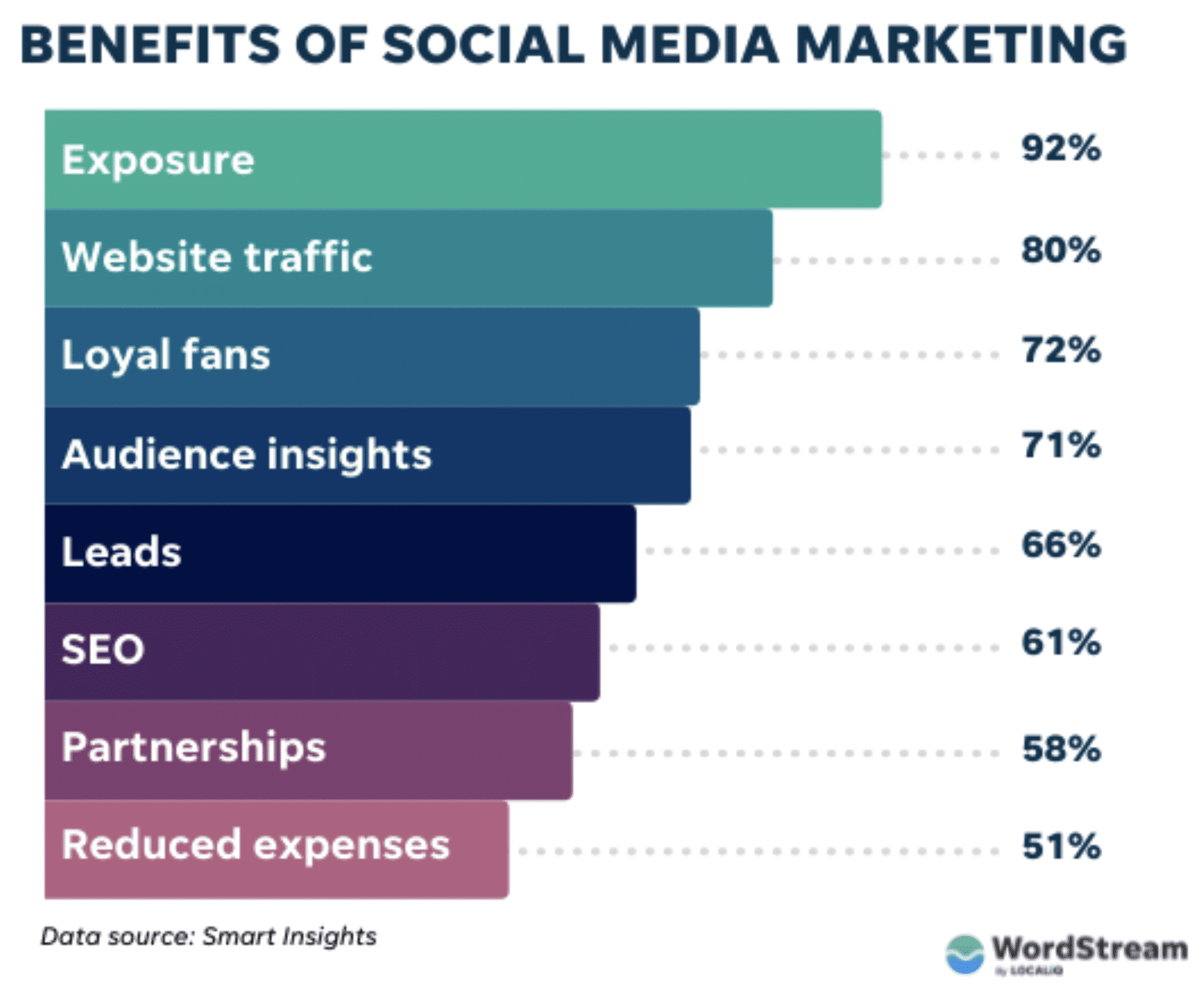
Image Source: WordStream
Here’s how you can build an effective strategy in 5 easy steps:
1. Identifying Your Target Audience
You might be thinking, “I know who my audience is, they’re the people who buy my products or services!” Well, yes, but it’s a bit more complicated than that.
Identifying your target audience means understanding who they are on a deeper level. It’s about knowing their:
- Likes
- Dislikes
- Needs
- Wants
- Pain points
So, how do you go about doing this? Here are a few steps:
- Demographics. What’s the age range of your audience? Are they predominantly male or female? Where are they located? What’s their occupation? These are just a few questions that can help you paint a picture of your audience.
- Psychographics. This is where you start to understand the mindset of your audience. What are their interests? What are their values? What motivates them? Understanding these aspects can help you create content that resonates with your audience.
- Behavioral characteristics. How does your audience behave online? What social media platforms do they use? When are they most active? What type of content do they engage with? These insights will help you tailor your social media strategy to match your audience’s behavior.
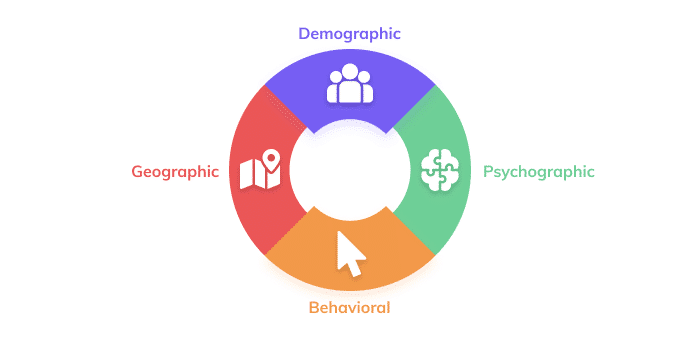
Image Source: Conversific
Understanding your audience is the foundation of effective social media marketing. It helps you create relevant content, choose the right platforms, and engage with your audience in a meaningful way.
2. Choosing the Right Platforms
From Facebook to TikTok, LinkedIn to Instagram, the options for social media platforms can seem endless. But here’s the thing–you don’t need to be on every single platform. In fact, it’s better to focus on a few platforms where your audience is most active and engaged.
So, how do you choose the right platforms? Here are a few tips:
- Go where your audience is. If your audience is predominantly professionals, LinkedIn might be your best bet. If they’re younger and more visually oriented, Instagram or TikTok might be the way to go.
- Consider your content. If you’re planning on sharing a lot of video content, platforms like YouTube or TikTok might be a good fit. If you’re more focused on industry news and thought leadership, LinkedIn or Twitter might be more suitable.
- Think about your goals. If you’re looking to drive traffic to your website, platforms with strong link-sharing capabilities like Facebook or Twitter might be beneficial. If brand awareness is your goal, visually engaging platforms like Instagram could be a good choice.
Choosing the right platforms is a key step in your social media marketing journey. It will help ensure that your content reaches the right people, at the right time, in the right place.
3. Creating A Content Strategy
Think of your content strategy as a roadmap. It outlines what you post, when you post it, and how it aligns with your overall social media goals. And, it’s so important that 93% of B2B marketers either already have one, or plan to have one within the next 12 months.
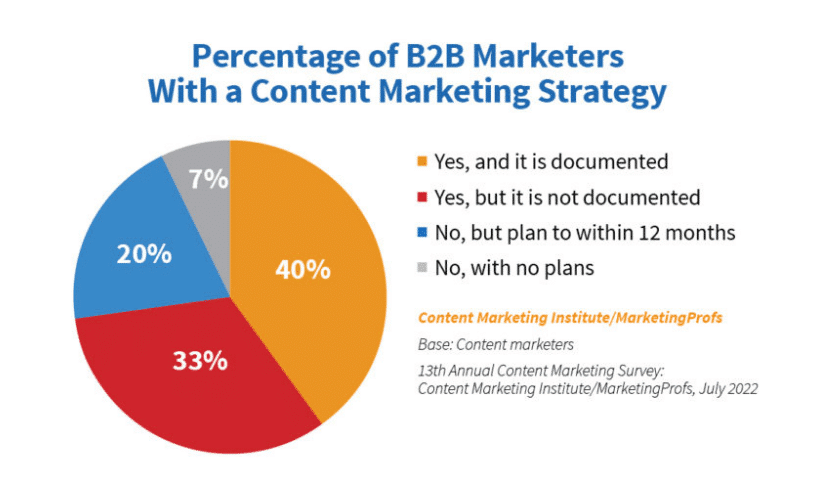
Image Source: Content Marketing Institute
There are 3 main components to consider when it comes to creating a content strategy:
- Brainstorm content ideas. Your content should be relevant and valuable to your audience. Think about their pain points, interests, and the type of content they engage with. This could be anything from how-to guides and industry news, to behind-the-scenes peeks and user-generated content.
- Create a content calendar. This is a schedule that outlines what content will be posted, where it will be shared, and when it will go live. A content calendar helps ensure you have a steady stream of content and can help you plan for key dates or events.
- Decide on content types. Different types of content work better on different platforms. For example, infographics might perform well on Pinterest, while short videos might get more engagement on TikTok. Consider the platforms you’re using and the preferences of your audience when deciding on content types.
Creating a content strategy might seem like a lot of work, but it’s worth the time and effort. It will help you stay organized, ensure you’re consistently posting engaging content, and make your social media marketing efforts more effective.
To learn more about creating your own content marketing strategy, read our post on “How To Develop a Content Strategy.”
4. Setting Up Goals and Objectives
Goals and objectives give your social media marketing strategy direction. They help you understand if you’re on the right track and whether your efforts are paying off.
So, how do you set up effective goals and objectives? Let’s break it down:
- Understand the difference. Goals are broad and define what you want to achieve in general terms, like increasing brand awareness or driving website traffic. Objectives, on the other hand, are specific, measurable actions that help you reach your goals. For example, increasing website traffic from social media by 20% in the next quarter.
- Align with business goals. Your social media goals and objectives should align with your overall business goals. If one of your business goals is to increase sales, a relevant social media goal could be to increase leads generated from social media.
- Make them SMART. You’ve probably heard of SMART goals before: Specific, Measurable, Achievable, Relevant, and Time-bound. This framework ensures your goals and objectives are clear and reachable. For example, instead of saying “I want to increase followers,” a SMART goal would be “I want to increase followers on our LinkedIn page by 15% over the next six months.”
Video Source: FlikliTV
Setting up goals and objectives gives your efforts purpose and provides a benchmark to measure your success. And remember, your goals and objectives can evolve over time, so don’t be afraid to revisit and revise them as needed.
5. Measuring Success
Measuring success in social media marketing is about understanding whether your efforts are paying off. It means tracking your performance, analyzing the data, and using those insights to refine your strategy.
Here’s the 3 most important steps to measuring your success:
- Understand key metrics. Focus on the key metrics that align with your objectives. This could be engagement rate, reach, impressions, clicks, conversions, or follower growth, to name a few.
- Use analytics tools. Most social media platforms have built-in analytics tools that provide a wealth of data. These tools can give you insights into your audience’s demographics, how they interact with your content, and which posts drive the most engagement.
- Analyze and refine. Measuring success isn’t just about collecting data, it’s about understanding what that data is telling you. Take the time to analyze your performance, identify what’s working and what’s not, and refine your strategy accordingly. Remember, social media marketing is a dynamic process that requires constant tweaking and optimization.
Measuring success is crucial to validate your efforts, make data-driven decisions, and ultimately, achieve your goals.
To learn more about measuring your success, read our post on “How To Measure Your Small Business’s Marketing Success.”
Ramp Up Your Social Media Marketing Content Today
The world of social media marketing is dynamic and ever-changing. What works today might not work tomorrow. So, stay flexible, keep learning, and don’t be afraid to refine your strategy.
Ready to start sharing top-tier social media marketing content? Marketing Insider Group can help. Get started today by checking out our weekly blog content service, or schedule a free consultation now to learn more!

